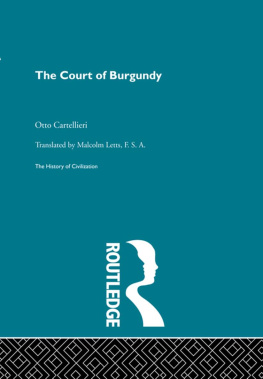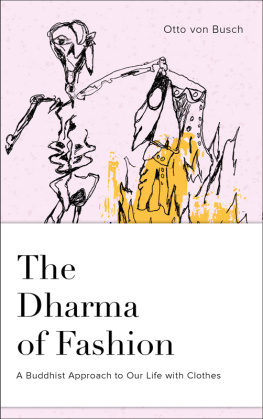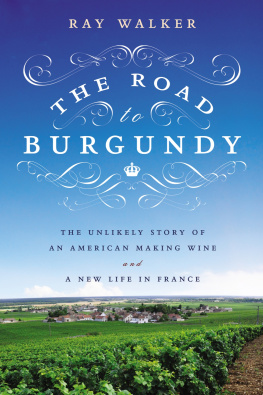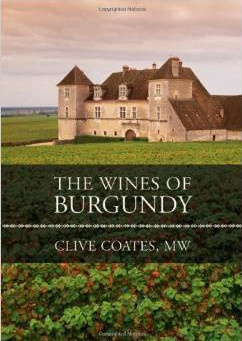THE HISTORY OF CIVILIZATION
THE COURT OF BURGUNDY
The History of Civilization
General Editor C. K. Ogden
The History of Civilization is a landmark in early twentieth Century publishing. The aim of the general editor, C. K. Ogden, was to "summarise in one comprehensive synthesis the most recent findings and theories of historians, anthropologists, archaeologists, sociologists and all conscientious students of civilization." The History, which includes titles in the French series L'Evolution de l'Humanit, was published at a formative time in the development of the social sciences, and during a period of significant historical discoveries.
A list of the titles in the series can be found at the end of this book.

After Rogier van der Weyden: Duke Philip the Good. Royal Palace, Madrid.
The Court of Burgundy
By
Otto Cartellieri
Translated by
Malcolm Letts, F.S.A.
First published in 1929 by Routledge, Trench, Trubner
Reprinted in 1996, 1998 by Routledge
2 Park Square, Milton Park,
Abingdon, Oxon, OX14 4RN
&
270 Madison Ave,
New York NY 10016
Transferred to Digital Printing 2008
Routledge is an imprint of the Taylor & Francis Group
1996 Routledge
All rights reserved. No part of this book may be reprinted or utilized in any form or by any means electronic, mechanical, or other means, now known or hereafter invented, including photocopying and recording, in any information storage or retrieval system, without permission in writing from the publishers.
British Cataloguing in Publication Data
ISBN: 0-415-15607-6
ISBN European Civilization (11 volume set): 0-415-15616-5
ISBN History of Civilization (50 volume set): 0-415-14380-2
Publisher's Note
The publisher has gone to great lengths to ensure the quality of this reprint but points out that some imperfections in the original may be apparent.
DEDICATED TO FRAU EVA CARTELLIERI-SCHRTER
WHEN, more than twenty years ago, I began to work on the political history of the Dukes of Burgundy, I was fascinated by the extraordinarily rich and splendid culture of the brilliant court, at which dying Knighthood was celebrating its last triumphs. I therefore turned my attention to the spiritual and social questions, and now at last, having overcome all extraneous difficulties, I am pleased to submit the fruit of my studies. I remember with pleasure the stimulation afforded me by the works of Pirenne and Fredericq, of Coville and Huizinga, to mention only a few names. I have to thank especially the University Library of Heidelberg and the National Library in Karlsruhe for kind encouragement; the Head of the Departement des Manuscrits of the Bibliothque Nationale in Paris, M. Henri Omont, for valuable information; the publishing firm of Benno Schwabe and Co. in Basle for procuring works difficult of access; and finally Frau Eva Cartellieri-Schrter for untiring collaboration, and Professor Dr. W. Lenel and Dr. Klaus Graf v. Baudissin for help in reading the proofs.
OTTO CARTELLIERI.
Contents
| 1. | After Rogier van der Weyden : Duke Philip the Good. Royal Palace, Madrid |
Giovanni Candida: Charles the Bold. Medal. Bibliotheque Nationale, Paris
Privy Seal of Charles the Bold. State Archives, Lucerne
Seal of Claus Sluter. Archives de la Cote d'Or,* Dijon |
| Photographs marked * have been specially taken for this work. |
PROFESSOR CARTELLIERI'S volume is the work of a specialist dealing with a subject which has not received much separate treatment. His Philipp der Khne published in 1910 is well known, and, as he tells us himself, his study of the history of the House of Burgundy commenced more than twenty years ago. In this volume, a translation of the work entitled Am Hofe der Herzge von Burgund, published in 1926, he deals mainly with the by-ways of history, with social life and manners, with art, literature, music, the position of the knight and the lady, and with that strange manifestation of the fifteenth century, the witch persecutions in Arras, all of great importance for the proper understanding of his subject. These matters, or some of them, are touched on in Huizinga's Waning of the Middle Ages, but from a different and less detailed point of view. The reader who has these two works on his shelves will be well equipped for the study of one of the most amazing episodes in history.
Through all the interplay of politics, extravagance and tragedy which characterized the history of the Dukes of Burgundy, Professor Cartellieri leads us with a practised and scholarly pen. There can be few sources which he has not tapped. He describes very vividly in the troubles and excitements following the murder of Louis of Orleans in 1407, and that strange scene enacted at Paris a year later when the royal Dukes, the Council, and a vast number of notables assembled in the Hotel de St. Pol to listen for hours to a rambling dissertation by Magister Jean Petit on murder as a fine art. Then in 1419 came the death of the murderer on the bridge of Montereau, and in an incredibly short time we find ourselves, far removed from violence, amidst splendour and magnificence at the court of Philip the Good. The Duke's alliance with England enabled him to extend his frontiers and renew the prosperity of his Flemish towns. Under him the fortunes of Burgundy attained their highest point. Philip's Court shone with a magnificence unmatched in any other western kingdom. The towns were the scenes of endless festivities, of stately tournaments, banquets, and revels, and every form of extravagance, until it seems to the reader of to-day that no time can have remained for serious business and affairs of State. The court was the resort of half the chivalry of Europe, and there the Duke presided like another Arthur among his knights, not indeed a king but the envy of many crowned heads, the last great representative of feudalism. When he died in 1467 he was the wealthiest prince in Christendom, and his Duchy was in a state of incomparable prosperity.
The marriage of his son Charles the Bold to Margaret of York in 1468, brought Burgundy once again into intimate relations with England, and gives Professor Cartellieri's book a special interest for English readers. He has examined and digested the various accounts of the wedding festivities, which are scattered here and there among the chronicles of the period, and presents us with a striking picture of Bruges at its gayest and best. Many notables from England were present for the marriage, and one of the bride's attendants was Sir John Paston, who described the spectacles and entertainments in a charming letter to his mother. The marriage was a turning point in the history of both Burgundy and England. Its importance was seen two years later when Edward IV, driven from his kingdom, fled for protection to his brother-in-law and obtained his assistance to regain his crown. Very little is known of the Duchess's private life, but it was under her protection that Caxton learned the art of printing and produced his first book, and Englishmen, mostly Lancastrian refugees, were always present at Charles' court.
Unfortunately Charles the Bold was fated to destroy what his ancestors had built up. He was a man unlucky in his age, his temperament, his friends, and his enemies. For ten years he kept the world in perpetual commotion. He wanted to be King of Burgundy, King of the Romans, even King of England. Freeman in an illuminating essay says of him that his whole career was one simple embodiment of military force in its least amiable form. In the end he contrived the utter destruction of his fortunes, and died miserably before Nancy. Possibly he has had scant justice at the bar of history, for he was chaste, scrupulously just, of good faith, and a strict avenger of vice, but he could not mix with his fellows and even the gift of simple courtesy was denied him. Had he thought a little less of conquests and annexations and turned his mind to the selection of a husband for his only daughter the whole course of history might have been changed.














